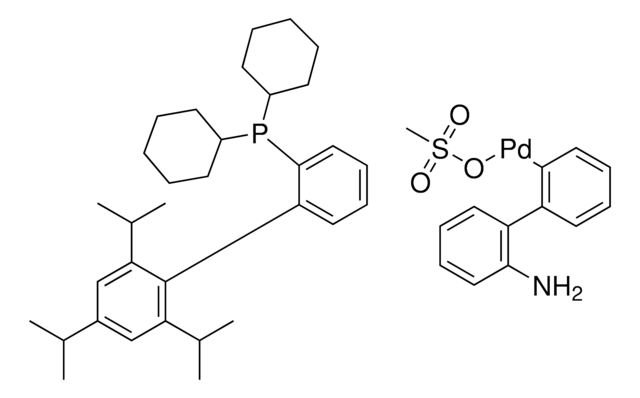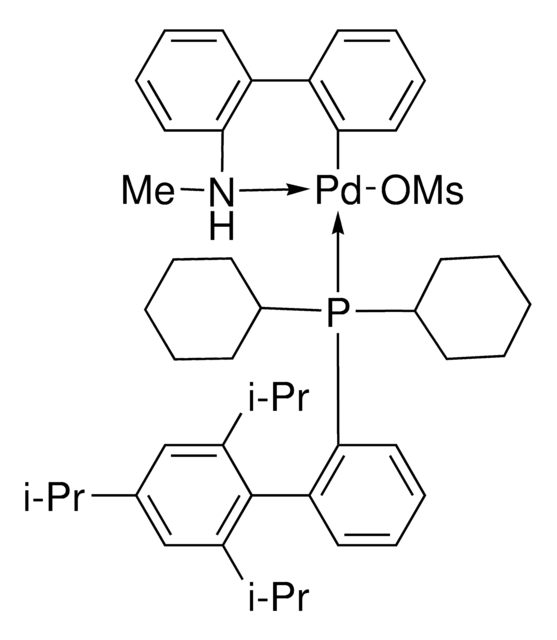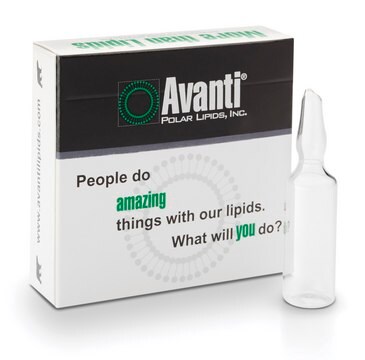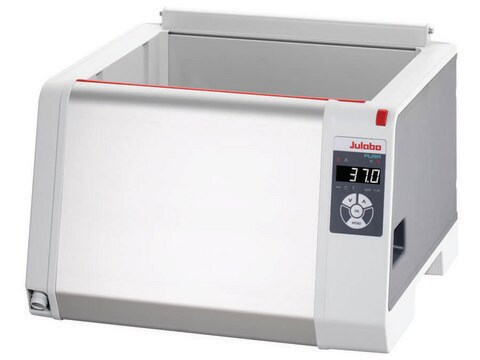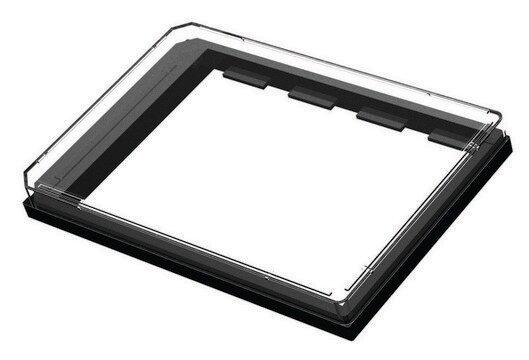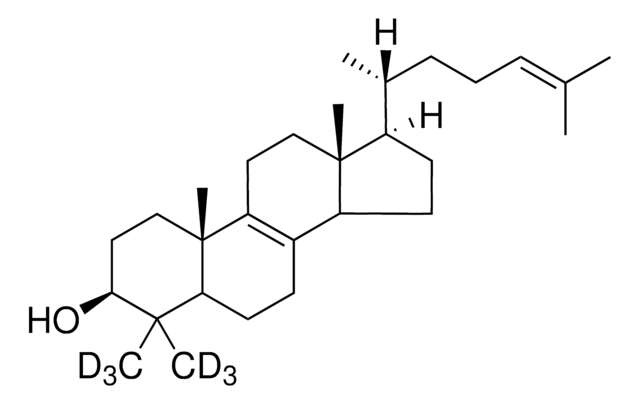ABC1414
Anti-phospho IGPR-1 (Ser220)
Synonym(s):
Transmembrane and immunoglobulin domain-containing protein 2;CD28 homolog;Immunoglobulin and proline-rich receptor 1
About This Item
Recommended Products
biological source
rabbit
Quality Level
antibody form
purified antibody
antibody product type
primary antibodies
mol wt
calculated mol wt 30.68 kDa
observed mol wt ~45 to 55 kDa
purified by
using Protein A
species reactivity
human
species reactivity (predicted by homology)
monkey
packaging
antibody small pack of 100 μg
technique(s)
immunofluorescence: suitable
immunohistochemistry: suitable
western blot: suitable
isotype
IgG
epitope sequence
C-terminal half
Protein ID accession no.
UniProt accession no.
storage temp.
-10 to -25°C
target post-translational modification
phosphorylation (pSer220)
Gene Information
human ... TMIGD2(126259)
General description
Specificity
Immunogen
Application
Evaluated by Western Blotting in lysate from HEK293 cells overexpressing IGPR-1.
Western Blotting Analysis (WB): A 1:1,000 dilution of this antibody detected IGPR-1 phosphorylated on serine 220 in lysates from HEK293 cells overexpressing IGPR-1.
Tested applications
Immunofluorescence Analysis: A representative lot detected phospho-IGPR-1 (Ser220) in Immunofluorescence applications (Wang, Y., et. al. (2016). J Mol Biol. 428(24 Pt B):5019-5033).
Immunohistochemistry Applications: A representative lot detected phospho-IGPR-1 (Ser220) in Immunohistochemistry applications (Wang, Y., et. al. (2016). J Mol Biol. 428(24 Pt B):5019-5033).
Note: Actual optimal working dilutions must be determined by end user as specimens, and experimental conditions may vary with the end user
Physical form
Reconstitution
Storage and Stability
Other Notes
Disclaimer
Not finding the right product?
Try our Product Selector Tool.
Storage Class Code
12 - Non Combustible Liquids
WGK
WGK 2
Flash Point(F)
Not applicable
Flash Point(C)
Not applicable
Certificates of Analysis (COA)
Search for Certificates of Analysis (COA) by entering the products Lot/Batch Number. Lot and Batch Numbers can be found on a product’s label following the words ‘Lot’ or ‘Batch’.
Already Own This Product?
Find documentation for the products that you have recently purchased in the Document Library.
Our team of scientists has experience in all areas of research including Life Science, Material Science, Chemical Synthesis, Chromatography, Analytical and many others.
Contact Technical Service
